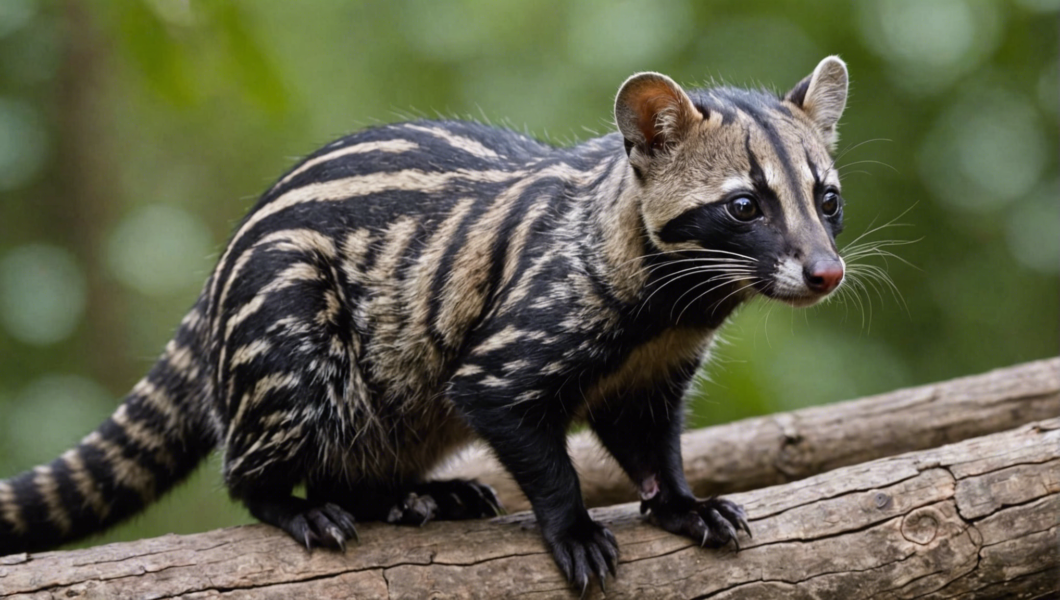The Small Indian Civet (Viverricula indica) is a fascinating yet problematic mammal native to Asia. This carnivorous species has gained a notorious reputation as a nuisance due to its destructive behavior. In this article, we will explore the characteristics of this elusive creature, its habitat, diet, and its impact on the environment.
The Small Indian Civet: A Curious Carnivore
The Small Indian Civet is a medium-sized mammal belonging to the family Viverridae. It has a sleek body covered in thick fur, ranging in color from grayish-brown to reddish-brown. This nocturnal creature has a long, slender body with short legs and a long, bushy tail. Its head is small, with a pointed snout and round ears.
Known for its agility and stealth, the Small Indian Civet can adapt to various habitats, including forests, grasslands, and even urban areas. It is primarily found in Southeast Asia, including countries like India, Nepal, Bangladesh, and Sri Lanka.
A Carnivorous Appetite
As a carnivore, the Small Indian Civet has a diet primarily consisting of small mammals, birds, reptiles, and insects. It is also known to consume fish, crustaceans, and even fruits. This opportunistic feeder makes it a versatile predator, capable of adapting its diet to the available food sources.
Unfortunately, this carnivorous habit is what has led to its reputation as a nuisance animal. Small Indian Civets often raid poultry farms, destroying eggs and causing damage to the infrastructure. They can also be a threat to livestock and domesticated animals, making them a concern for farmers and rural communities.
The Impact on the Environment
Aside from the direct threats the Small Indian Civet poses to human activities, its presence can also have indirect environmental consequences. As predators, they can disrupt the natural balance of ecosystems by impacting populations of prey species. This can have cascading effects on other organisms within the food web.
Additionally, the Small Indian Civet is known to be a carrier of zoonotic diseases, including the Severe Acute Respiratory Syndrome (SARS) virus. This raises concerns about public health and the potential for outbreaks, especially in areas where human-animal interactions are common.
Conservation Efforts and Management
Due to its negative impacts, the Small Indian Civet is subject to human intervention and management strategies. Efforts are being made to mitigate conflicts between humans and the species, such as the implementation of predator-proof enclosures for poultry farms. These measures aim to protect both the livelihoods of farmers and the conservation of the species.
Education and awareness programs are also important in promoting coexistence between humans and civets. By understanding the behavior and needs of the Small Indian Civet, communities can adopt suitable practices to minimize conflict and ensure the sustainability of both human activities and the natural environment.
In Conclusion
The Small Indian Civet may be a carnivorous nuisance, but it is an important part of the natural ecosystem. By understanding its behavior and implementing appropriate management strategies, we can find ways to coexist with this elusive creature. Through conservation efforts and responsible actions, we can protect both our interests and the biodiversity of our planet.



